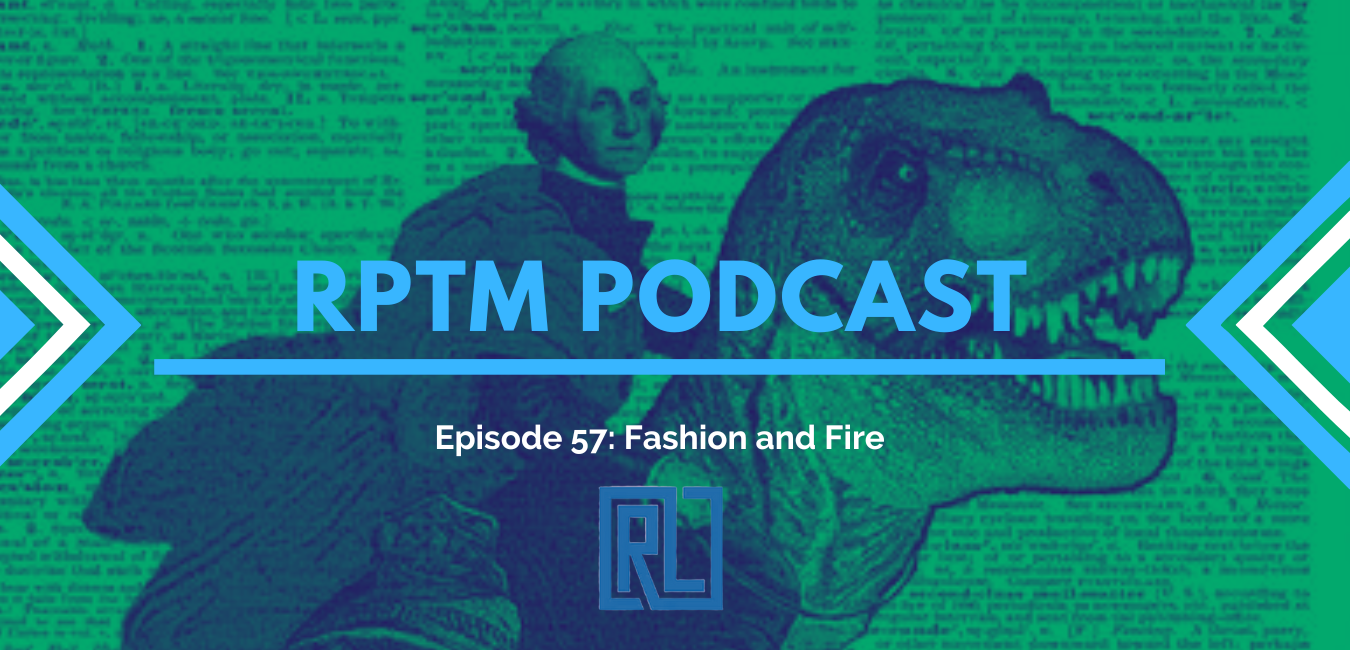|
How can we combat pseudohistory? We need to break things down to a basal level. Richard Feynman was an American theoretical physicist known for his work in quantum mechanics, the theory of quantum electrodynamics, and particle physics. For contributions to the development of quantum electrodynamics, Feynman earned the Nobel Prize in Physics in 1965. But it wasn't his natural intellect that made Feynman so clever. Rather, his organized way of learning, streamlining, and presenting complicated ideas contributed far more to his success. This process is now called the Feynman Technique. It is founded on the belief that one of the most practical methods to improve our knowledge is to picture that we're introducing the material to someone who has no thoughts about the subject, like an idiot. By doing this, we push ourselves to present our ideas and bypass skipping over issues we don't comprehend sufficiently. The first step is to identify a topic you are looking at. It makes learning straightforward, concentrating on one area rather than an entire topic. Next, you pretend you are introducing and defining the subject to a moron who's never seen the issue before. The key here is plainness – describe the idea using uncomplicated terminology. Next, you need to identify knowledge gaps in the places you found challenging to define. If we had to use any specialized term in our answer, we should challenge ourselves to break those words into more uncomplicated parts. The key is to recognize difficult areas of your answers and to question and recognize where you've made speculations founded on what we already comprehend intuitively. The final step is to reexplain the topic in simpler terms. This step often involves reorganizing our views and finding more straightforward examples to break down complicated concepts. Feynman Technique is a valuable method of testing ourselves on whether we have understood something or think we have understood something. Yet, it is equally helpful for pushing the assertions of others. If a person cannot define something in simple English, we should ask whether they comprehend what they proclaim. If the individual in question is speaking plainly to a hobbyist audience using specialist phrases out of context, our first inquiry should be: "Why?" The most notable argument I see within pseudohistory is the causes of the American Civil War. I have seen massive talks, lectures, books, and documentaries that aim to frame the reason southern states seceded from the Union over many reasons, most notably the concept of "State's Rights" over the perpetuation of slavery. Everything for this person begins to unravel when I ask the direct question, "a state's right to what?" We all can fall victim to this mode of thinking. If we gaze into the intellectual abyss long enough, we begin to see patterns and correlations that might not be there. In the words of Richard Feynman: "The first principle is that you must not fool yourself, and you are the easiest person to fool." HIGHLIGHTS
CHAPTERS 0:00 Start 0:37 Intro 3:51 1870s Fashion 10:50 Great Chicago Fire 16:41 Peshtigo Fire 21:05 Yellowstone National Park 23:35 Linda Richards 28:11 Outro RESOURCES 1870s in Western fashion Great Chicago Fire DANIEL SULLIVAN Peshtigo fire Yellowstone Park established Linda Richards
0 Comments
Leave a Reply. |
AuthorRyan Lancaster wears many hats. Dive into his website to learn about history, sports, and more! Archives
April 2024
Categories |


 RSS Feed
RSS Feed